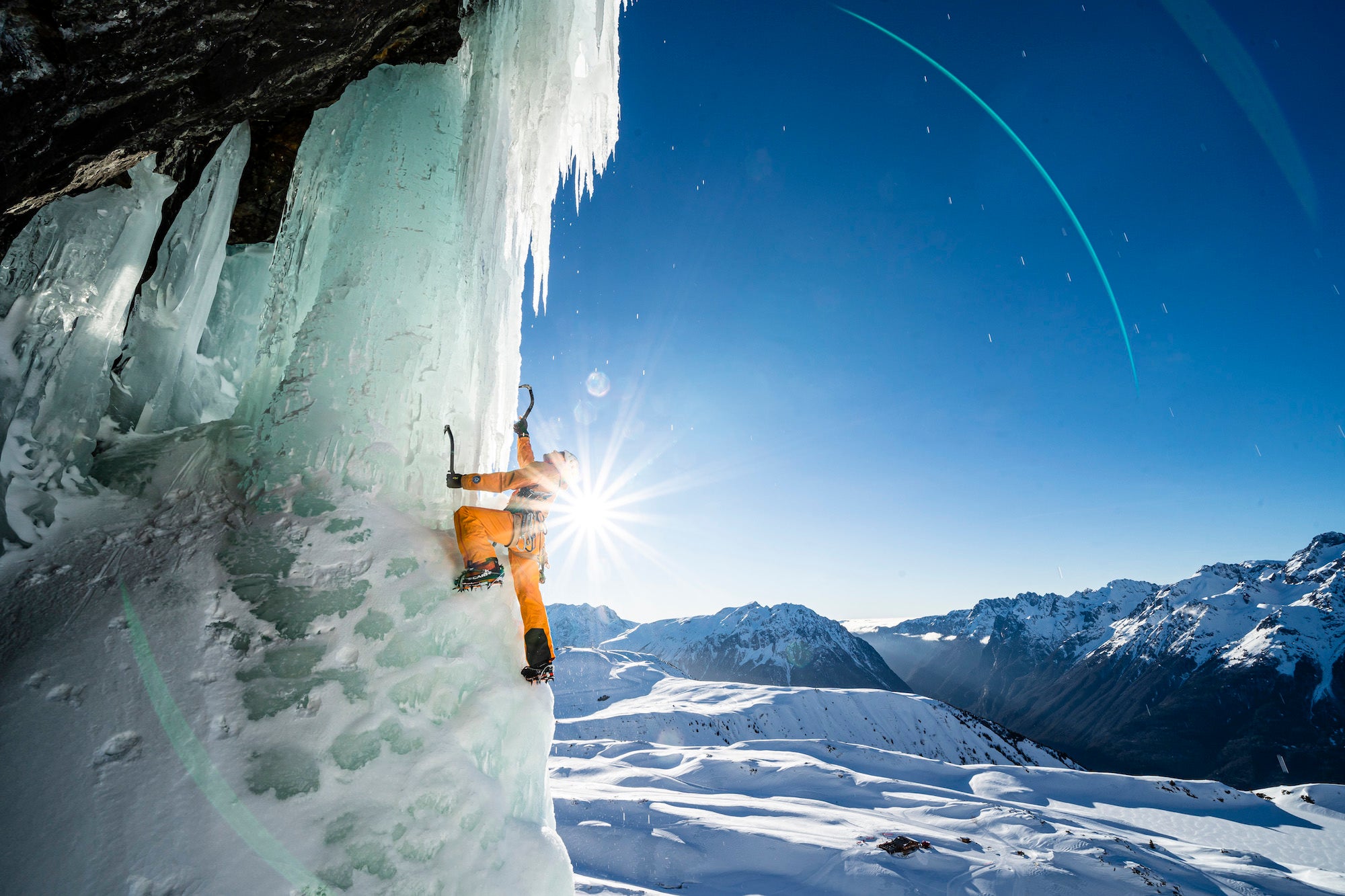Guest Author: Jocelyn Chavy – To read the original article, click here.
Jocelyn Chavy (@jocelynchavy) likes to tell stories through words, still photography and video. He has written stories for most of the climbing and adventure magazines in France. Since 2018 he’s been managing Alpinemag, the European mountain magazine, as editor and associate manager. “Always with my cameras,” he says, “I’ve climbed onto some wild edges including Yosemite's El Capitan twice and I have survived a variety of Nepali Dal Bhats while extensively exploring the former Himalayan kingdom, specializing in photo assignments in the Himalayas like India, Bhutan, Tibet, but also living adventures in Algeria, Niger or Yemen.” We came across this image of his and connected with him to learn more about how he captured it with this Sony Alpha 7 III and 12-24mm f/4 G lens. Read his story behind the shot below. Photo by Jocelyn Chavy. Sony Alpha 7 III. Sony 12-24mm f/4 G. 1/250-sec., f/14, ISO 200
Photo by Jocelyn Chavy. Sony Alpha 7 III. Sony 12-24mm f/4 G. 1/250-sec., f/14, ISO 200
The Scene
I was working on an advertising campaign for the department of Isère, a mountainous region that is rich in sports activities. So I took pictures of skiing, winter hiking and ice climbing for this one-week photo assignment. It needed the right weather, and quite cold temperatures for security. l'alpe d'huez is a ski resort not far from the city where I live, Grenoble. The spot is one of the few in Europe where you can climb on the ice in the sun, thanks to an altitude of 2000 meters. I absolutely wanted to take a picture in the sun because that's when you can see the beauty of the ice. I had to climb about 20 meters myself to be able to be at the height of the climber, being myself insured on another rope. It is thus a question of being at ease, and of working with crampons.
The Gear
Obviously the choice of the very wide angle like the Sony 12-24mm f/4 G was imposed – the only way to show the incredible atmosphere of this place. In mountain photography you always have to make sacrifices on the equipment because of the weight. In addition to the camera equipment, you often need an extra rope for yourself, crampons, ice axes, warm clothes... the bag quickly exceeds 15, even 20 kilos. That day, I had my Alpha 7 III which I appreciate for its compactness, and three Sony lenses in the bag: the Sony 12-24mm f/4 G, the Sony 24-105mm f/4 G, and the Sony 70-200mm f/4 G. I did 60% of my images with the wide angle lens, 30% with the telephoto lens and 10% with the 24-105mm, which I had taken in case we would walk longer (and I would have hidden the rest of the equipment on the way!). In such cases I love the ultra wide possibilities of the Sony 12-24mm f/4 G, I ended with a 16mm angle choice, which was wide enough.
The Shot
In photo missions there is always a part of the unknown, and when you shoot ice climbing it's worse, because nobody can guarantee that the ice will be good. Even if I am a specialist, you have to surround yourself with specialists, in this case a high mountain guide (and a friend) to be sure to put all the chances on your side. Once in place on my rope, I chose a large depth of field so that the background of the ski resort would also be in focus. Ice climbing is quite slow so I didn't need, unlike ski photos, a high speed.
The Edit
I use Lightroom to process my images. Post-processing is an essential step – on the one hand we try to remove or correct some aspects of the image, on the other hand to improve the final rendering. For the first part of the job, I mostly removed some visible dust because of the large field depth, and cropped a little bit in order to be more straight. For the final rendering, I tried to make the image neither too neutral nor too saturated, but balanced. This is probably the result of years of working for the press, where it is important not to modify the images too much under the pretext of improvement. I didn't remove the green arc created by the lens – I think this effect is part of the charm of the photo (like a horizontal line when using an anamorphic lens).
When you add the very special dimension of the high mountains to photography, the result is never guaranteed. Moreover, even a good shoot does not guarantee to make what I call a beautiful image like this one. You need a little bit of luck, but above all you need to create the conditions for it... by working and experimenting a lot.
See more of Jocelyn Chavy’s work on Instagram @jocelynchavy.
Featured in this blog:
To read the original article, click here.


 Sony a7 III Mirrorless Camera Body
Sony a7 III Mirrorless Camera Body
